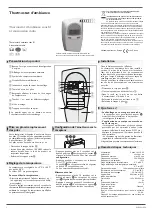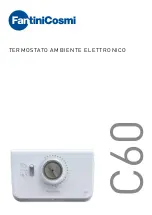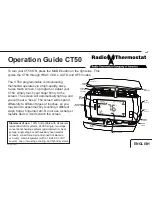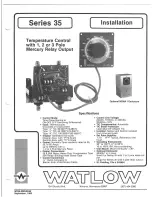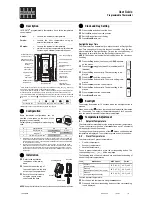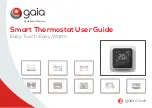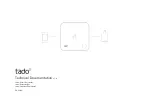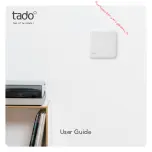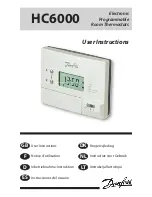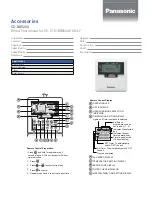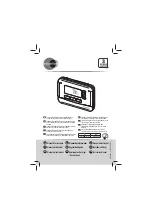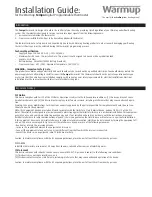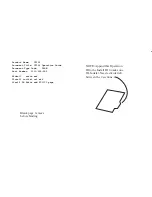
IS-ZW-TSTAT-300
Advanced Thermostat
Installation Guide
Content
Mount the thermostat to the wall 6
To complete the installation 9
Contact information
For contact information, see www.interlogix.com.
Copyright © 2010 UTC Fire & Security. All rights reserved.
GE and the GE monogram are trademarks of the General Electric Company and
are under license to Interlogix, a UTC Fire & Security Company, 9 Farm Springs
Road, Farmington, CT 06034-4065
P/N 1069510 • REV A • ISS 09NOV10
1



















